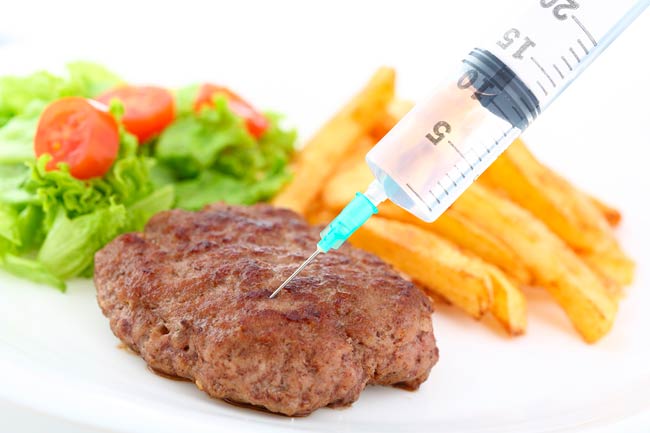- Make It Yourself Lavender Heart-Shaped Bath Bombs!
- 20 Things You Never Knew About “Down There”
- 12 Best Foods For Those Suffering From Arthritis Pain
- 12 Personal Hygiene Mistakes Almost Everyone Makes (Mom Never Told You About #4!)
- 15 Medicinal Plants And Herbs From The Cherokee People
- 12 Mind-Blowing Benefits Of Drinking Coconut Water During Pregnancy
- 12 Outstanding Winter Foods That Won’t Fatten You Up Like A Christmas Turkey
12 Dangerous and Toxic Ingredients Still Used by the Golden Arches

Photo credit: bigstock.com
4. Tiertiary Butylhydroquinone (TBHQ)
Wow. That certainly is a mouthful, isn’t it? TBHQ is a chemical preservative that can be deadly at higher levels of consumption. A mere five grams will kill an adult human. One gram of this preservative can cause severe poisoning symptoms such as a feeling of suffocation, nausea, vomiting, ringing in the ears, even delirium and coma. This ingredient is why many of the foods at the Golden Arches never seem to get moldy or old-looking, no matter how long you leave them out. TBHQ is also a petroleum-derived product. Now doesn’t that sound appetizing?
5. Azodicarbonamide
This is a dough conditioner that is in every bread product sold at Mickey D’s. This is meant to improve the texture of the bread dough. Azodicarbonamide is also a foaming agent, commonly used in rubber products and plastics, as well as a common food additive. It is sometimes found in tobacco products as well. This substance has been known to cause allergic reactions in those who are sensitive to other types of AZO compounds, such as artificial food dyes. The Health and Safety Executive in England has identified this substance as being a respiratory sensitizer, which means it can increase the risk of developing asthma in children. Azodicarbonamide is banned in food products in many countries, such as in the European Union, Australia, and in the UK. Using Azodicarbonamide in food products in Singapore will get you a $450,000 fine and as long as 15 years in prison; however, it is alive and well in the US.
6. Guar Gum
Although banned by the FDA in large amounts due to numerous reports of swelling and obstruction in the esophagus and intestines, this substance is still being used in every bun sold.
Continue to Page 3
































